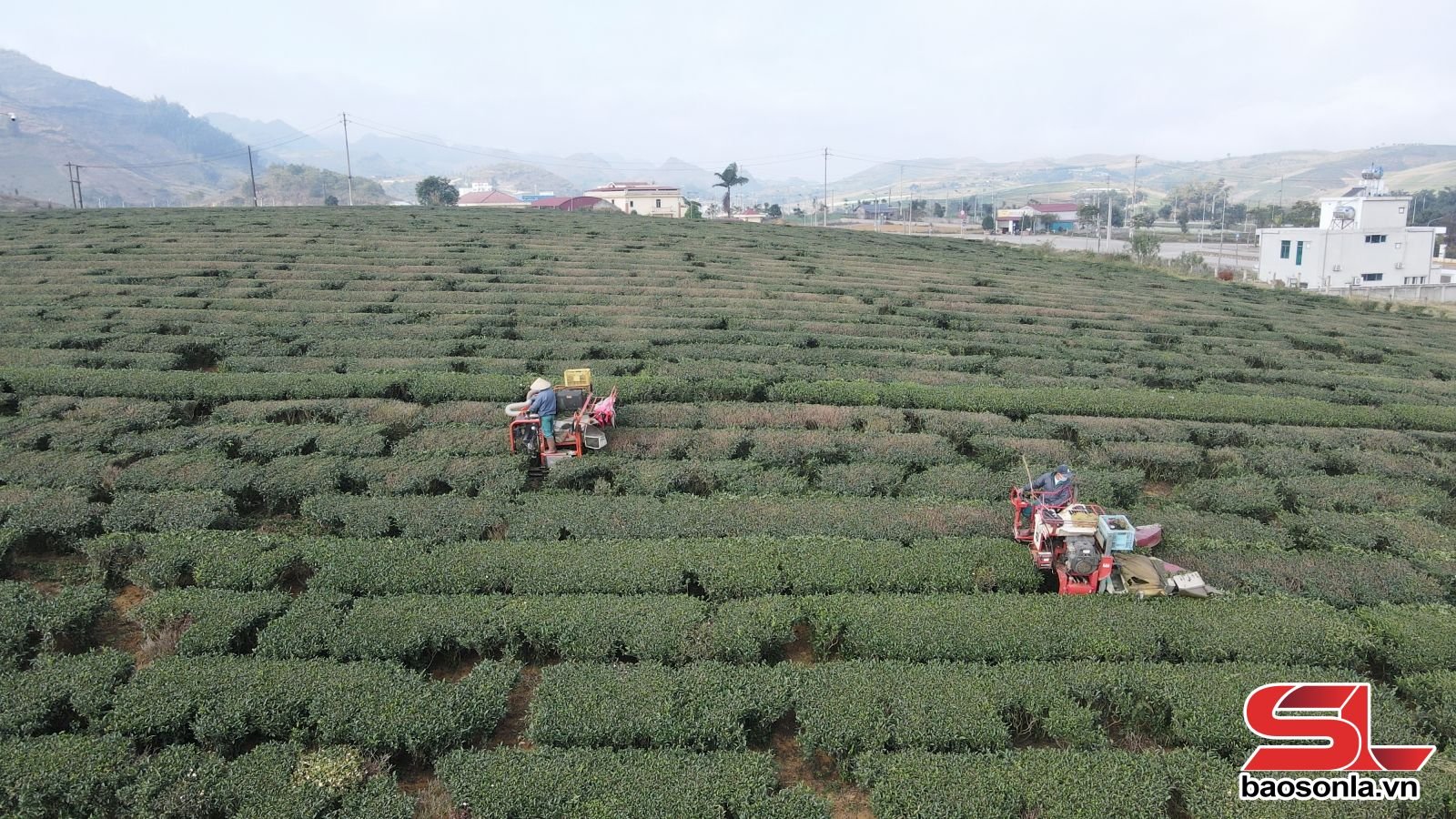
Right from the first years of its establishment, Van Ho has set the goal of developing a high-tech agricultural economy associated with processing industry and eco-tourism. Previously, the district was almost "empty" of industry - services, agriculture mainly relied on tradition and small scale. But after only a decade, this land has demonstrated impressive resilience with many investors coming to it, high-tech agricultural production areas were born, fruit trees on sloping land, large livestock farming, aquaculture combined with processing all developed strongly. In the period of 2020-2025, Van Ho has formed 254 hectares of high-tech agriculture, developed 7 provincial-level OCOP products, supplying more than 1,500 tons of agricultural products each year to factories and processing facilities. The average production value reached over 60 million VND/ha, opening up opportunities to improve people's lives and creating a foundation for sustainable development.
Implementing the arrangement of the 2-level local government apparatus, Van Ho completed the merger of 14 communes into 4 new communes, including: Van Ho, To Mua, Xuan Nha and Song Khua. This arrangement not only optimizes the administrative model but also expands the development space, allowing for synchronous planning, linking socio-economic development with new rural construction.
Van Ho commune was newly established on the basis of merging 4 communes: Van Ho, Long Luong, Muong Men and Chieng Yen, with an area of over 268 km² and a population of nearly 25,000 people. With a favorable location along National Highway 6, diverse terrain, mild and fresh climate and rich landscape, the commune has advantages to develop high-tech agriculture associated with processing industry and eco-tourism and resorts.
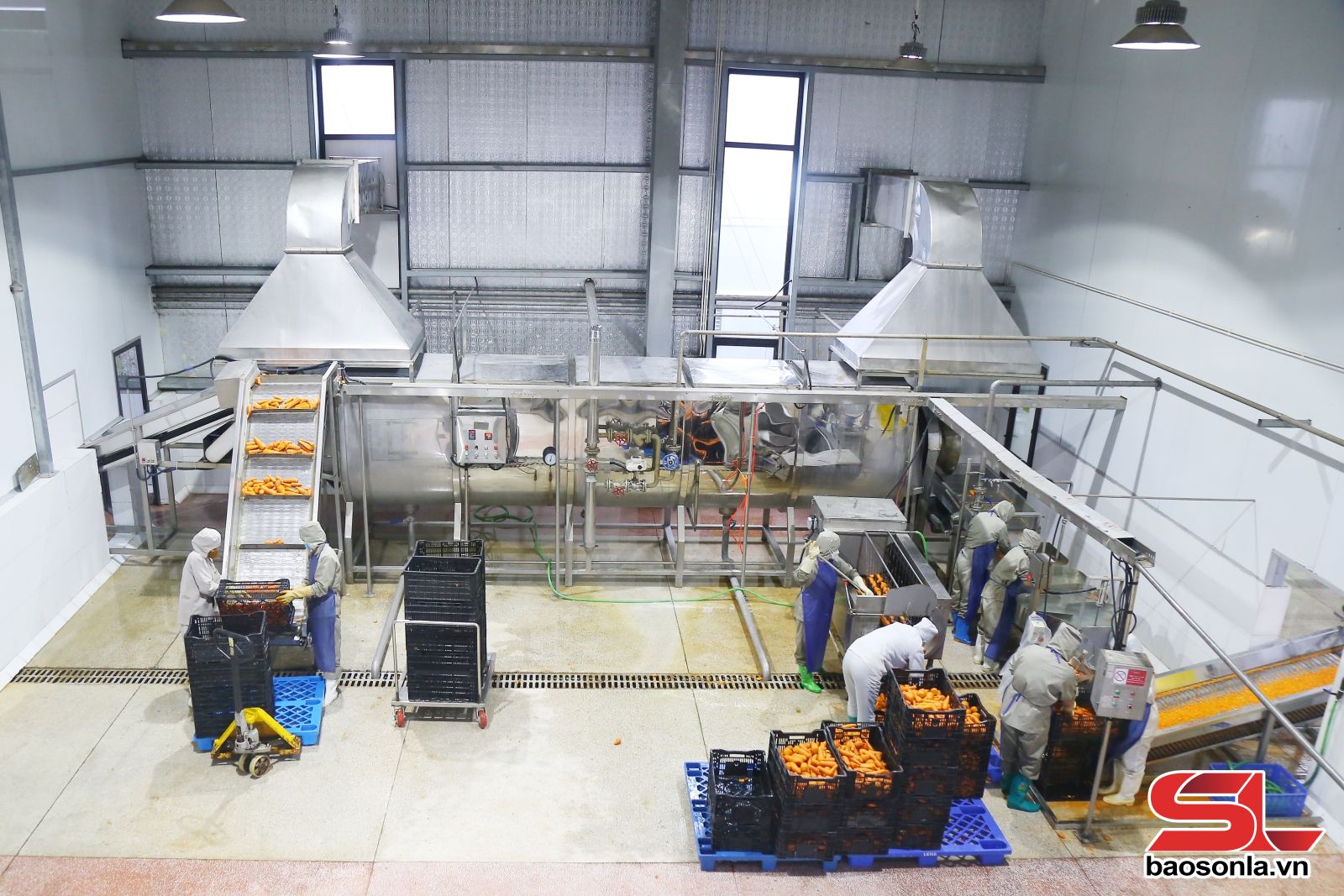
Mr. Nguyen Hong Thanh, Chairman of Van Ho Commune People's Committee, said: The commune Party Committee has determined the goal of promoting the application of new technology in agricultural production, forming concentrated specialized production areas, creating high-value products. The whole commune currently has 19 agricultural cooperatives; nearly 400 hectares of tea, more than 1,600 hectares of various fruit trees; maintaining 7 OCOP products. In the area, there are 24 licensed projects with a total registered capital of over 3,000 billion VND, of which many large projects have been put into effective operation, such as: IC Food Son La high-tech agricultural product preservation and processing factory; tea planting and processing project of Satoen Vietnam Co., Ltd.; Van Ho fresh fruit and herbal processing factory, ... contributing to increasing budget revenue, creating jobs, and improving income for people.
Not only developing agriculture, Van Ho commune is also located in the core area of Moc Chau National Tourist Area, possessing many famous landscapes such as: Tat Nang waterfall, Chieng Yen hot spring, Pa Cop pine forest, and unique cultural identity. The whole commune currently has 30 accommodation establishments, many attractive destinations such as: A Chu Homestay, Vigolando, The Nordic Village and community tourism villages of Na Bai, Hua Tat, Phu Mau, Chieng Di...
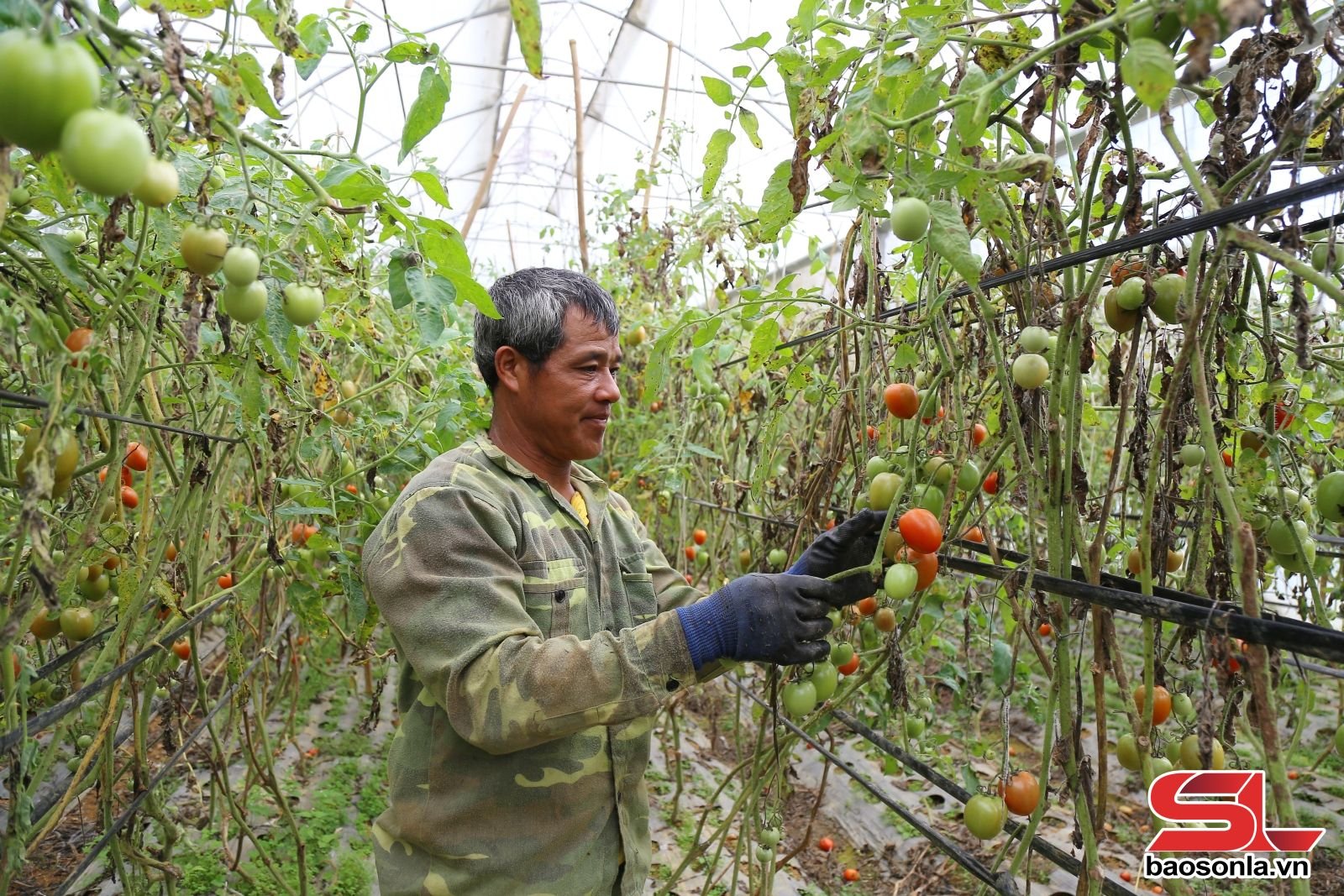
Mr. Trang A Chu, owner of A Chu Homestay, Hua Tat village, shared: After more than 10 years of operation, up to now, A Chu homestay has been invested thoroughly with a dining area, a community accommodation area, 10 single rooms and a traditional herbal bath area. On average, each month welcomes 300-400 domestic and foreign guests. Not only is it a resort, here visitors can directly experience unique cultural features, such as: beeswax painting on fabric, how to make do paper, pounding sticky rice cakes, dancing with the panpipe, playing the flute...
Determining to make tourism a spearhead economic sector, the Resolution of the 1st Congress of the Van Ho Commune Party Committee, term 2025-2030 sets the target by 2030: forming 5 provincial-level tourist areas and spots, completing 1-2 key projects, welcoming 1.5 million visitors, with total social revenue reaching 380 billion VND. Tourism development not only creates a stable source of income but also creates jobs, increases income for people, and at the same time preserves and promotes local cultural identity.
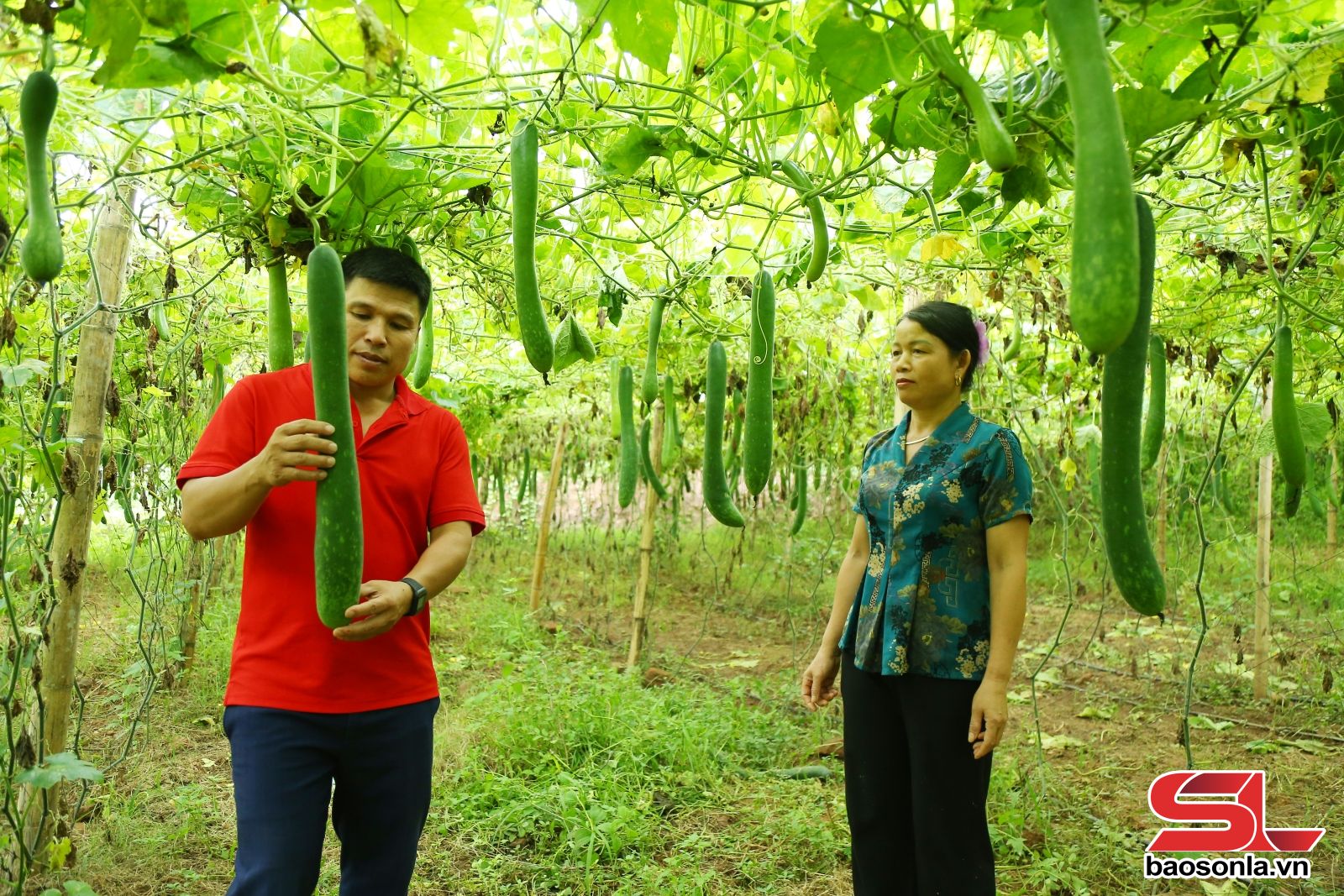
Possessing a cool sub-climate and high humidity, To Mua has long been known as the "tea capital". After merging with Chieng Khoa and Suoi Bang communes, To Mua has further affirmed its strategic position, becoming an important trade and service center connecting communes along Provincial Road 101. In particular, with 31.2 km of Hoa Binh - Moc Chau expressway passing through the area, To Mua is facing a strong breakthrough opportunity. When the project is completed, it will open up trade opportunities, attract investment and tourism with Hanoi and the delta provinces, creating conditions for To Mua tea as well as many typical agricultural products to reach a wider market. This is not only an advantage in infrastructure but also a "leverage" for To Mua to promote its agricultural - service potential, becoming a bright spot in the region's development strategy.
Mr. Tran Viet Dung, Secretary of the Party Committee of To Mua Commune, shared: Promoting the existing advantages, the Party Committee of To Mua Commune determined the breakthrough is to build an effective and sustainable agriculture, associated with organic agricultural production and post-harvest processing and preservation. Focus on developing fruit trees and short-term industrial crops with high economic value, while gradually reducing the area of food crops on sloping land and replacing them with concentrated fruit growing areas according to the planning; intensive farming to increase tea productivity.
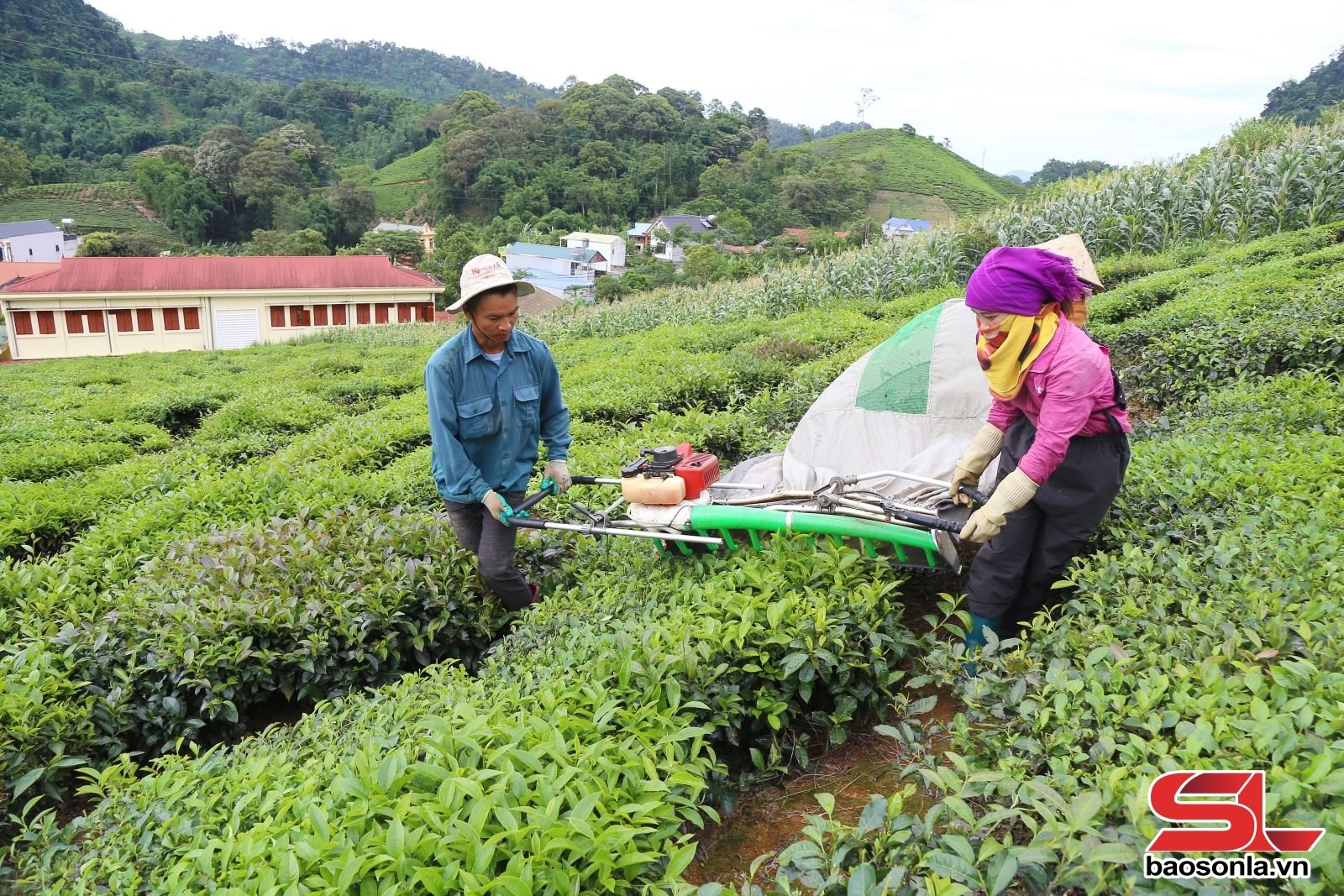
Currently, To Mua commune is maintaining and taking care of more than 1,000 hectares of tea, with a fresh tea bud output of over 25,000 tons/year; at the same time, developing more than 730 hectares of fruit trees of various kinds such as longan, mango, plum, orange... for an output of nearly 4,000 tons. This is an important resource, creating a unique strength for the locality. To increase the value of agricultural products, the commune focuses on propagating and mobilizing people to apply science and technology, expanding production models in the direction of organic, safe, meeting VietGAP standards, moving towards building OCOP products. Along with that is the orientation of developing high-quality agricultural product brands, gradually affirming its position in the market inside and outside the province.
Along with economic development, To Mua's rural infrastructure system has been gradually invested synchronously, contributing to changing the face of the countryside and creating favorable conditions for new rural construction. Up to now, the commune has achieved 12/19 criteria, in which the most prominent are traffic infrastructure, electricity, schools, and cultural facilities. Currently, To Mua is mobilizing and promoting the strength of the entire political system, combined with the consensus and joint efforts of the people, gradually completing the remaining criteria. The goal set by the Party Committee and people of To Mua is to bring the commune to new rural standards by 2030, creating an important foundation for sustainable development in the next period.
After being established, Xuan Nha and Song Khua communes are gradually promoting their own potential, becoming important links in the socio-economic development picture of the province's gateway region. In Song Khua, the strengths of livestock farming and aquaculture on the Da River reservoir are effectively exploited, gradually forming a large-scale commodity production area linked to a stable consumption market. Meanwhile, Xuan Nha, with the advantage of fertile land and temperate climate, is suitable for growing high-value fruit trees such as mango, longan, grapefruit, orange, etc. Many households have participated in production linkages according to the cooperative model, bringing products into the OCOP program, contributing to increasing income and improving life.
With diverse potentials, outstanding advantages and determination to innovate, the communes in the "gateway" of Son La province are gradually forming areas for high-tech agricultural development, eco-tourism, and processing industry; linking economic development with cultural preservation and environmental protection, continuing to be an important driving force, contributing to Son La province's successful implementation of the goal of rapid and sustainable development in the new period.
Source: https://baosonla.vn/nong-thon-moi/suc-song-moi-vung-dat-van-ho-pCaKRdRvR.html


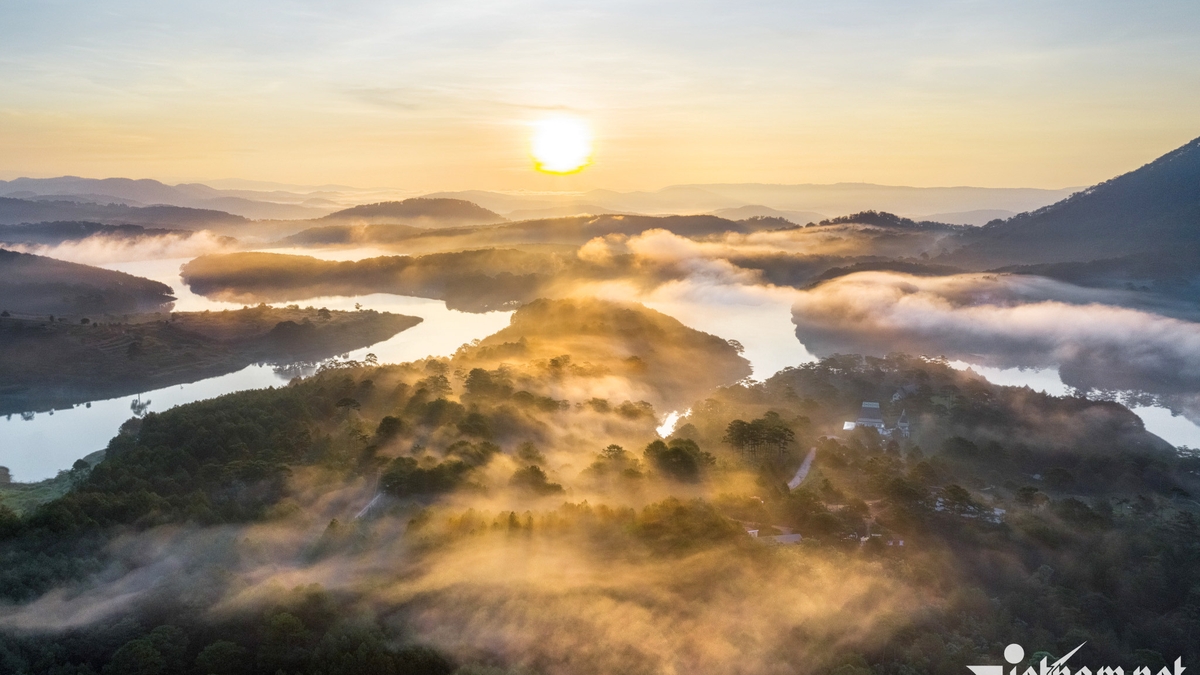
![[Photo] President Luong Cuong holds talks with South African President Matamela Cyril Ramaphosa](https://vphoto.vietnam.vn/thumb/1200x675/vietnam/resource/IMAGE/2025/10/23/1761221878741_ndo_br_1-8416-jpg.webp)

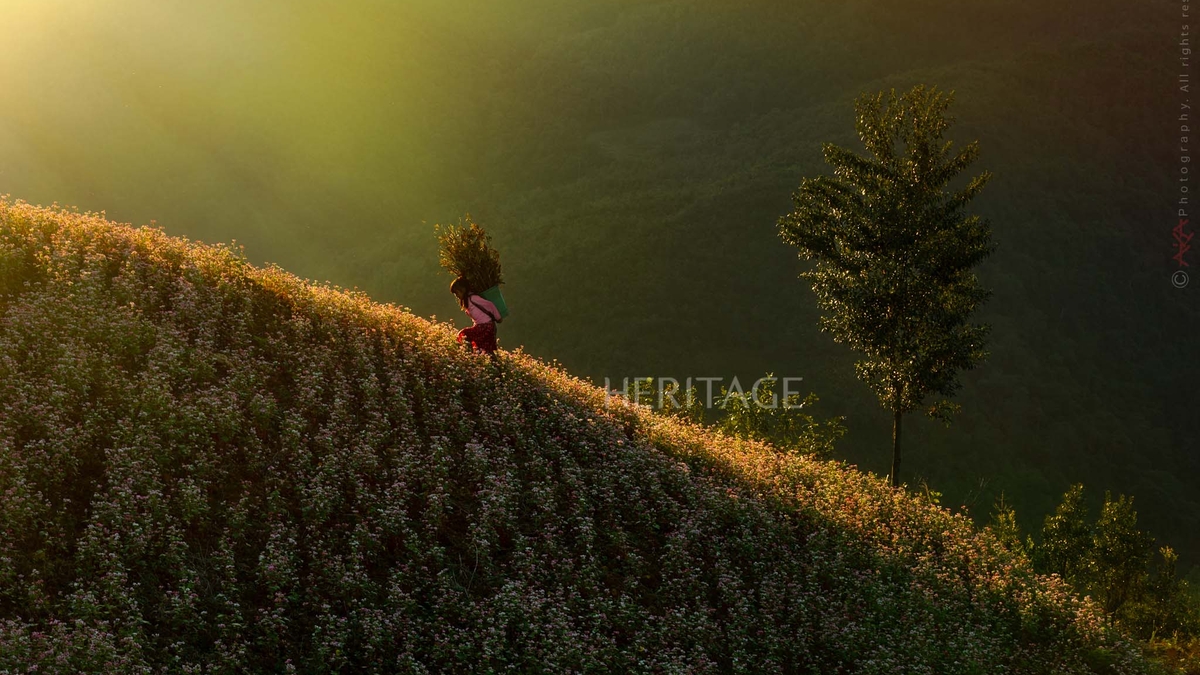
![[Photo] Prime Minister Pham Minh Chinh chairs meeting on railway projects](https://vphoto.vietnam.vn/thumb/1200x675/vietnam/resource/IMAGE/2025/10/23/1761206277171_dsc-9703-jpg.webp)
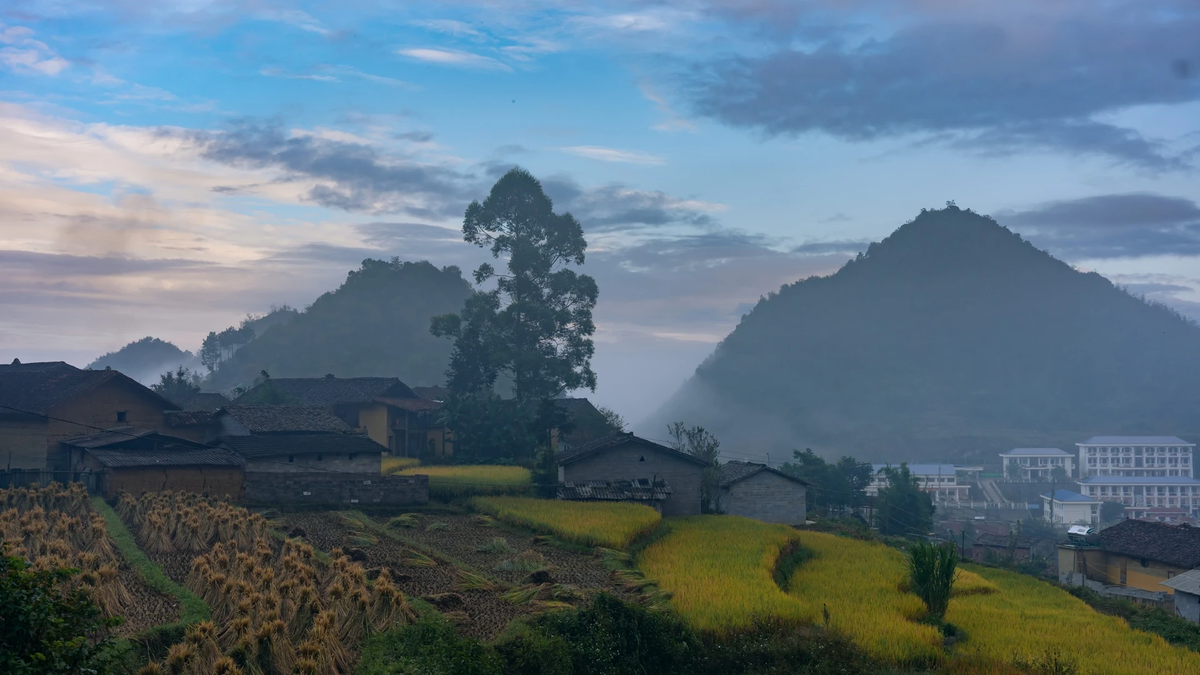
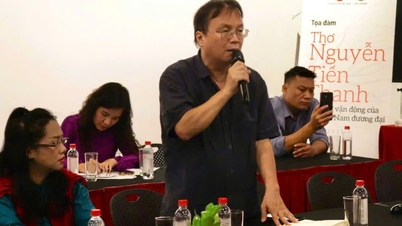



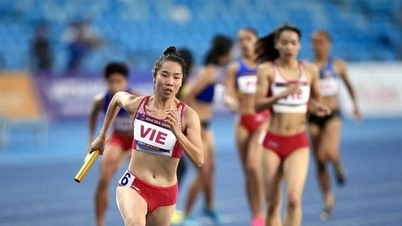
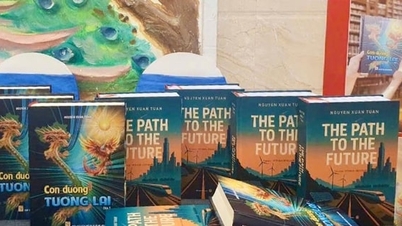


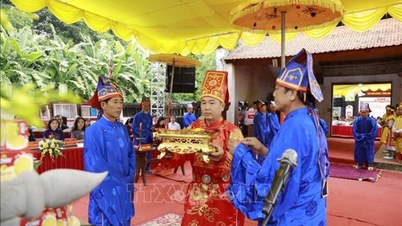





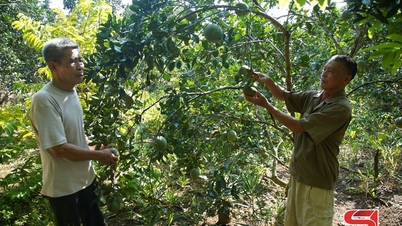
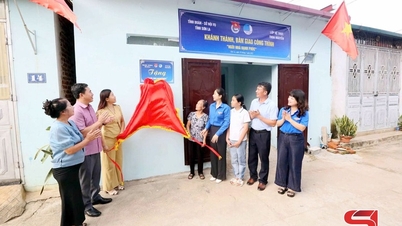
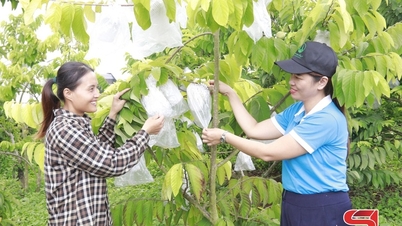
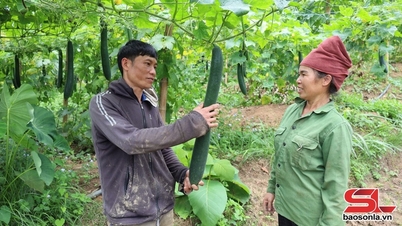
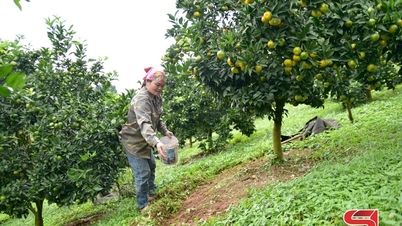
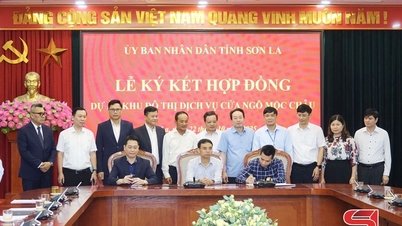











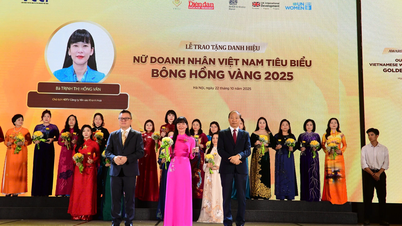

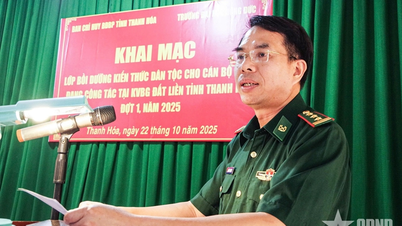



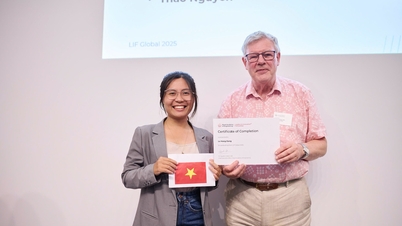



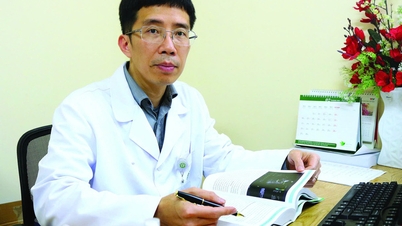

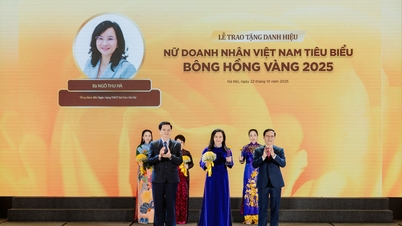


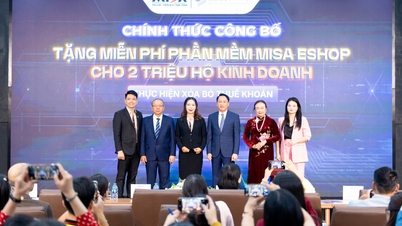

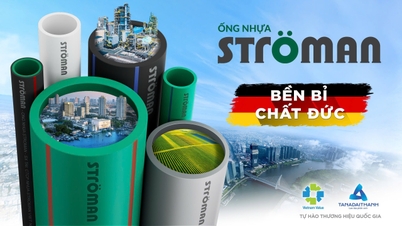
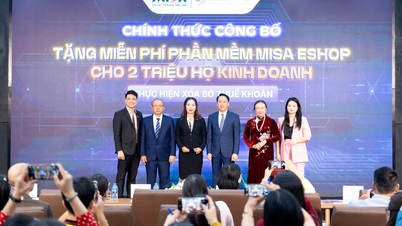







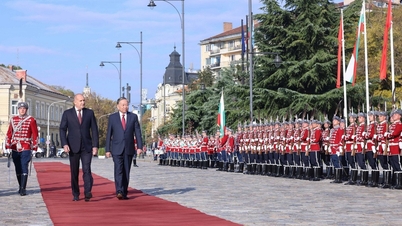

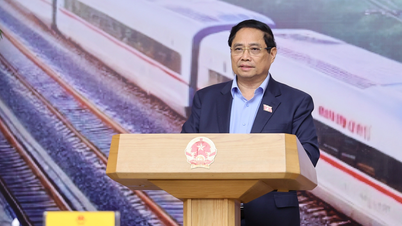




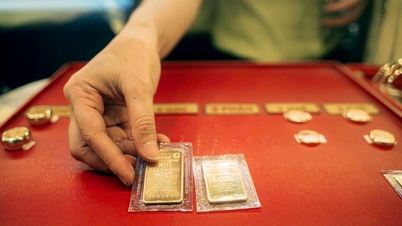

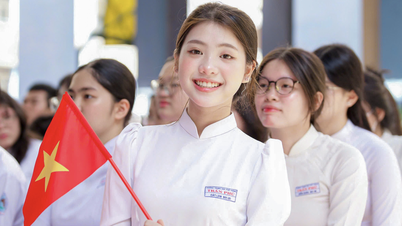
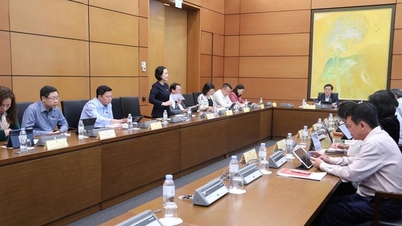

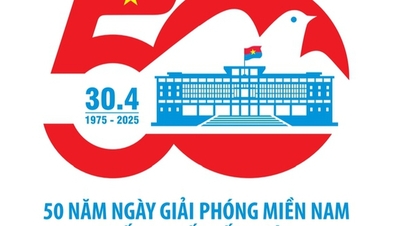
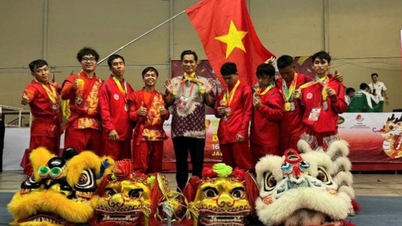

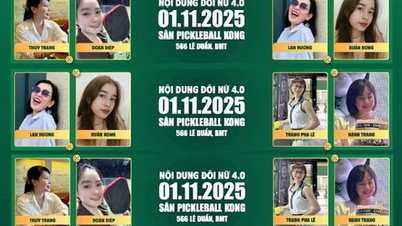
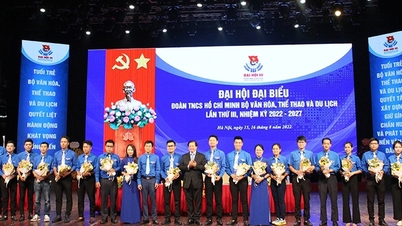
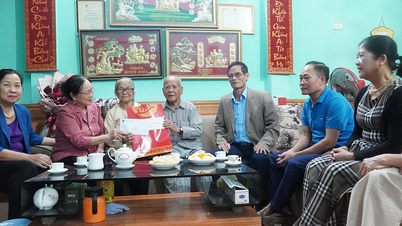

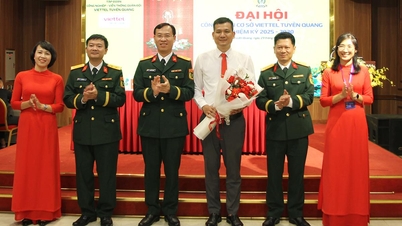
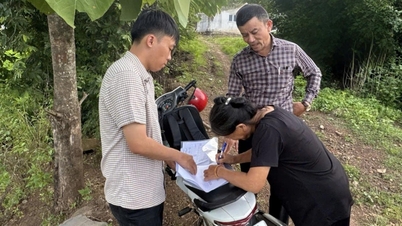

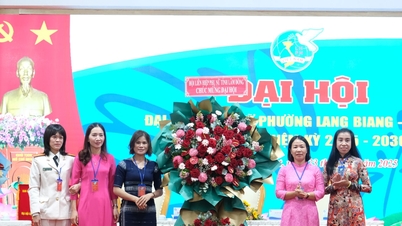
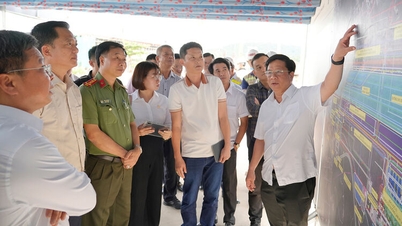










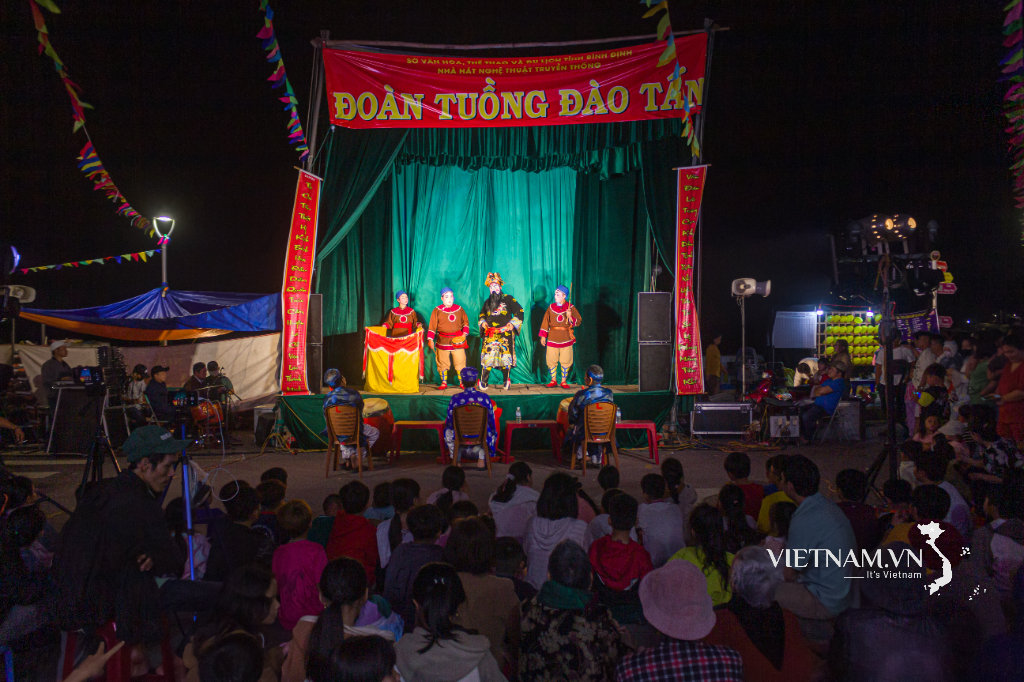
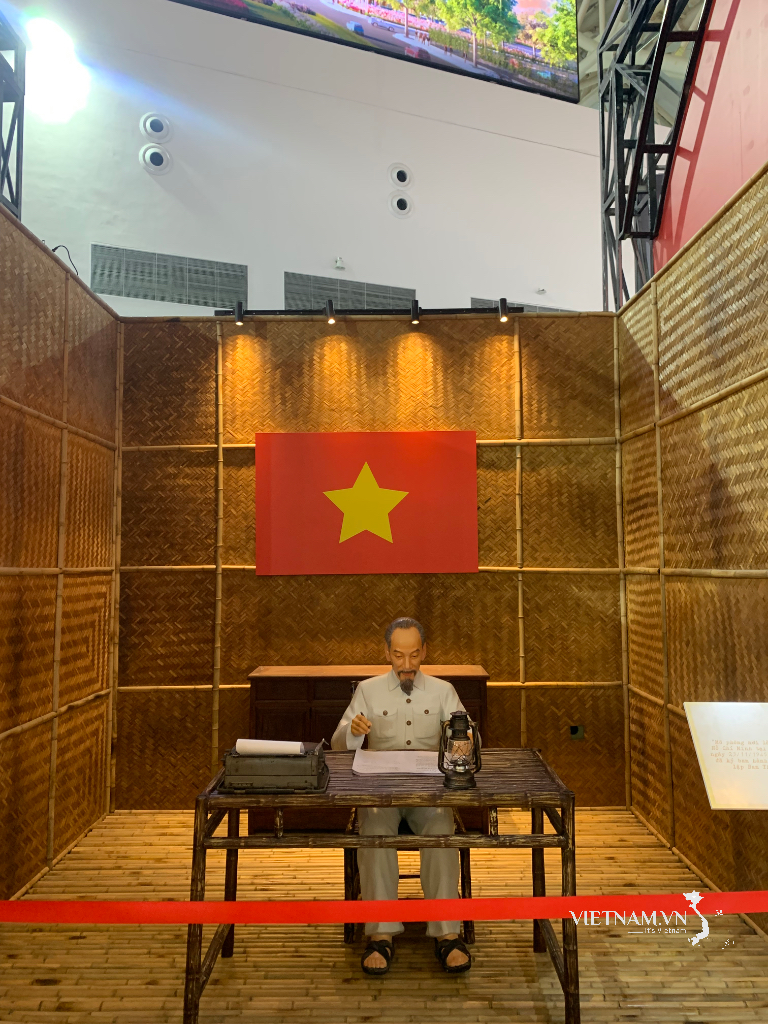
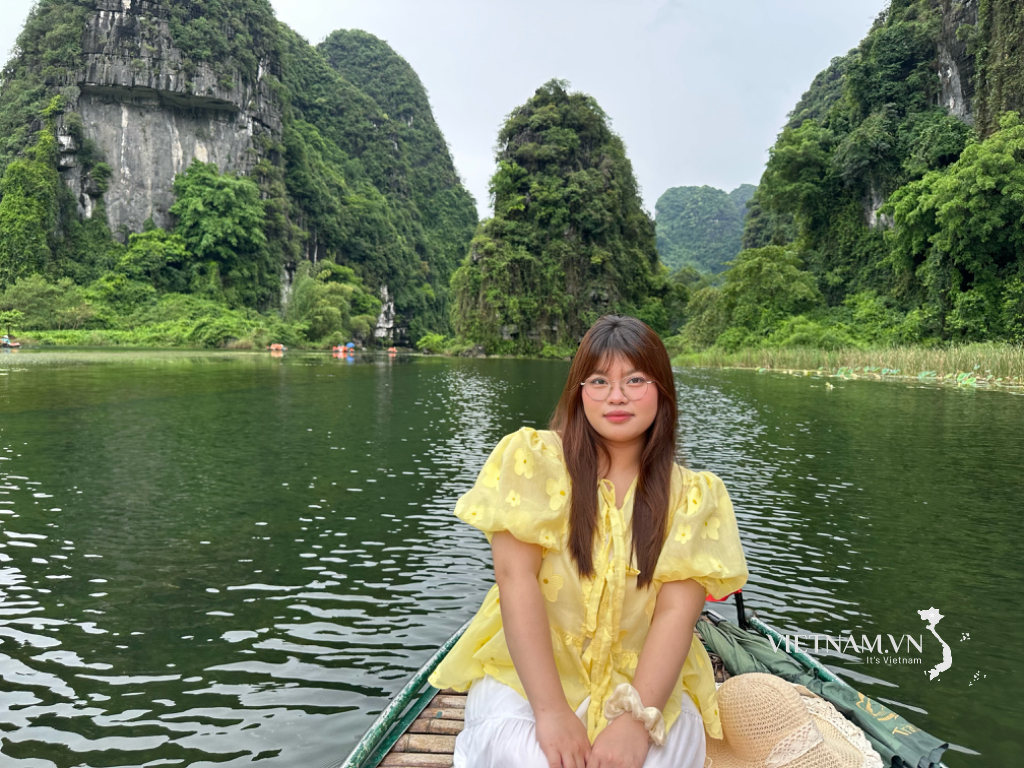
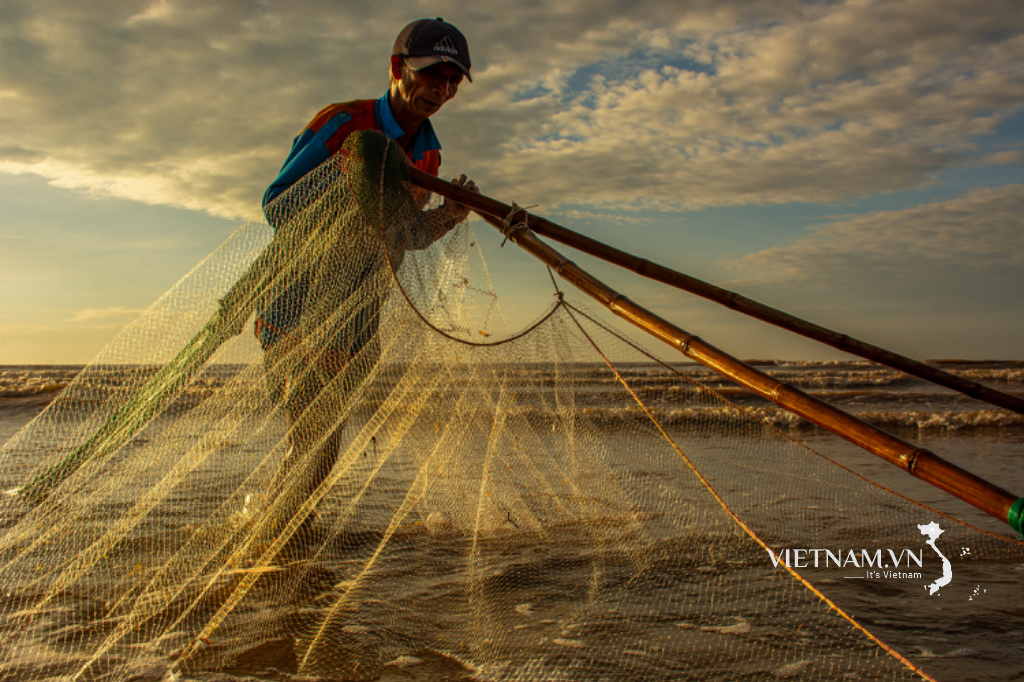
Comment (0)